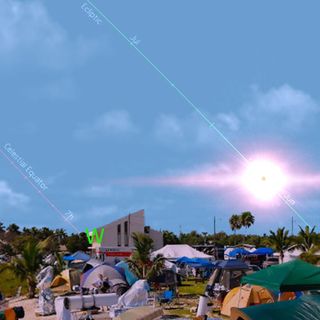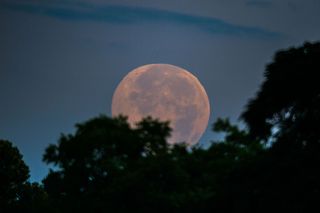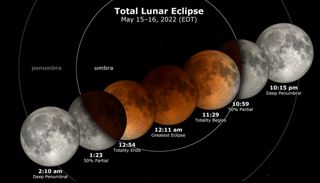
Joe Rao
Joe Rao is Space.com's skywatching columnist, as well as a veteran meteorologist and eclipse chaser who also serves as an instructor and guest lecturer at New York's Hayden Planetarium. He writes about astronomy for Natural History magazine, Sky & Telescope and other publications. Joe is an 8-time Emmy-nominated meteorologist who served the Putnam Valley region of New York for over 21 years. You can find him on Twitter and YouTube tracking lunar and solar eclipses, meteor showers and more. To find out Joe's latest project, visit him on Twitter.
Latest articles by Joe Rao
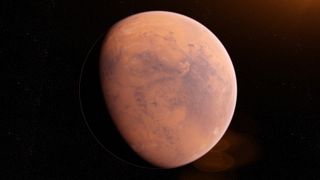
Here comes Mars! Red Planet will soon offer us its best view until 2031
By Joe Rao published
Mars, the only planet whose surface we can see in any detail from the Earth, is now moving toward the best viewing position it will provide us until the year 2031.
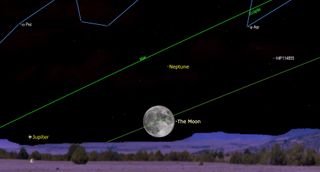
An early Harvest Moon rises Saturday. Here's what to expect for September's full moon.
By Joe Rao published
The full moon of Saturday (Sept. 10) also carries the title of the Harvest Moon for those living in the Northern Hemisphere.
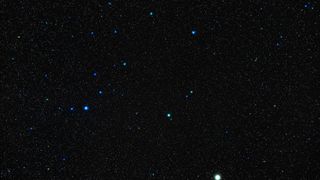
See a starry 'crown' dazzle in both the northern and southern skies
By Joe Rao published
Several northern constellations have southern counterparts. Learn the stories behind constellations Corona Borealis and Corona Australis and the stars within them.
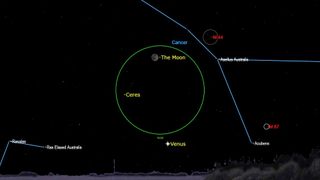
The moon and Venus will make one last morning dance on Thursday (Aug. 25)
By Joe Rao published
On Thursday Aug. 25 we will have an opportunity to catch sight of the two brightest objects in the night sky, Venus and the moon, engaged in a final morning dance.
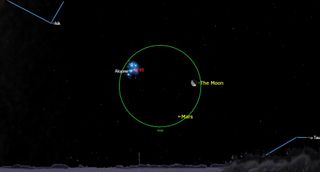
Moon to pay Mars an early morning visit on Friday (Aug. 19)
By Joe Rao last updated
On the morning of Friday (Aug. 19), the moon and Mars will both be visible in the eastern sky.
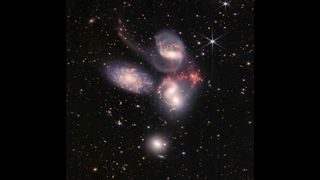
Stephan's Quintet: 'It's a Wonderful Life' — and a wonderful James Webb Space Telescope image!
By Joe Rao last updated
A new image produced by the James Webb Space Telescope reveals new details of Stephan's Quintet, the very first compact galaxy group ever discovered.

In Memoriam: Famed 'Comet Hunter' Don Machholz dies at 69
By Joe Rao published
Donald Edward Machholz was an American amateur astronomer who was the leading visual comet discoverer, credited with the visual discovery of 12 comets that bear his name.
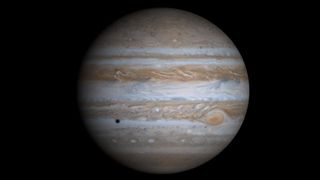
Moon and Jupiter get together late Sunday night
By Joe Rao last updated
Check out the king of the planets meeting up with the moon on Aug. 14, throughout most of the night.
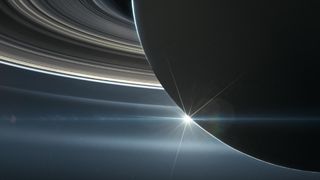
Saturn at opposition: See the Lord of the Rings at its best this month
By Joe Rao last updated
On Sunday night (August 14th), Saturn arrives at opposition, when it lies on the opposite side of the sky from the sun.
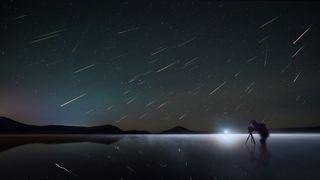
Damage control for the Perseid meteor shower: 2022 dark sky opportunities
By Joe Rao last updated
Because of the brightness of the moon, the best times to see the Perseid meteor shower this year will be during the predawn hours several mornings before the night of full moon.
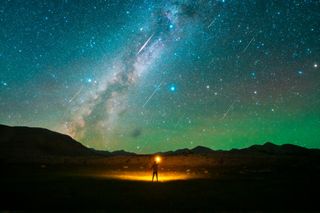
6 meteor showers will likely offer better views than the Perseids this summer
By Joe Rao last updated
The nearly full moon will likely spoil views of the Perseids this year. Here are six minor meteor showers that might give you the chance to spot "shooting stars."
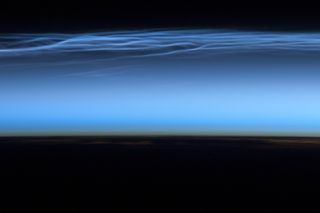
Look Up! Mysterious Night-Shining Clouds Are Back
By Joe Rao last updated
Earth's polar skies have lit up with eerie blue-white glowing clouds, slowly twisting and undulating in the twilight sky every summer since the late 19th century.
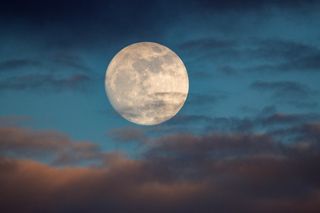
Don't miss the biggest 'supermoon' of the year on July 13
By Joe Rao published
On Wednesday (July 13) at 5 a.m. EDT (09:00 GMT), the moon will arrive at its closest point to the Earth for 2022.
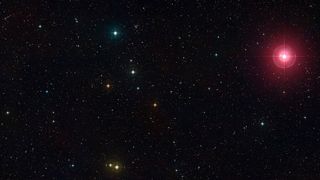
See the 'Wonderful Star' Mira at its peak brightness this week
By Joe Rao published
Mira, the 'Wonderful Star,' will be at its peak brightness around July 13. See how to find Mira and learn more about this variable star's odd behavior.
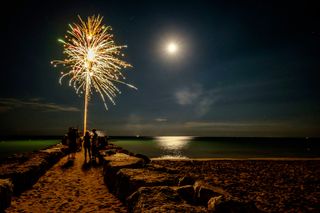
The Fourth of July sky: Here's what you can see on Independence Day
By Joe Rao published
The moon and several planets will join the fireworks on the Fourth.
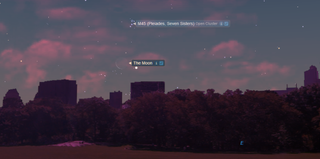
Venus and the crescent moon get together in dazzling dance early Sunday
By Joe Rao published
Get up early Sunday to see a celestial rendezvous between the two brightest objects in the night sky: Venus and the moon.

June solstice 2022 around the world. Here is what to expect
By Joe Rao published
The June solstice 2022, which is recognized as the official start of the summer in the Northern Hemisphere, will occur on Tuesday, June 21, at precisely 5:14 a.m. EDT (09:14 GMT).
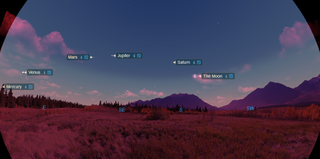
Rare 5-planet alignment comes into better view this week. Here's what to expect.
By Joe Rao published
A rare parade of planets is coming into better view in the second half of June, and even the moon will join the show.
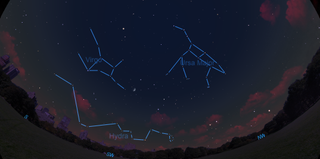
The 3 biggest constellations will be on full display this June. Here's how to see them.
By Joe Rao published
June presents a perfect opportunity to spot the three biggest constellations in the sky — Hydra, Virgo and Ursa Major — but you may have to look beyond standard star charts to find the Big Three.

May's possible meteor storm offers chance to listen to 'shooting stars' on the radio
By Joe Rao last updated
"Shooting stars" from the tau Herculids meteor shower may be visible late this month, but you might want to listen for them instead.
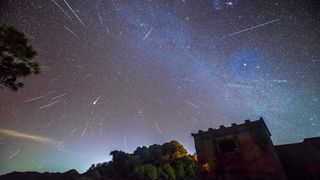
The greatest meteor storms of all time
By Joe Rao published
Meteor storms can contain thousands of meteors an hour. Here, we take a look at some of history's greatest meteor storms dating back to the late 18th century.

The sun has spots. Here's what we've learned about them so far.
By Joe Rao last updated
Of all of the features associated with our sun, sunspots are by far the most conspicuous.
Get the Space.com Newsletter
Breaking space news, the latest updates on rocket launches, skywatching events and more!
